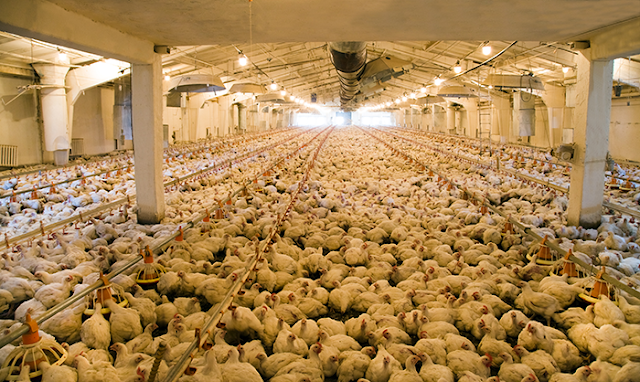 |
| American crow |
So we’re looking out the window and see a couple big black birds
strutting kind of stiffly around. Are
they crows? Or ravens? Or what?
Of course if they stood still, showing their profiles, or flew in slo-mo
overhead, we could probably tell the difference, but they’re not that
thoughtful. Crows are often seen in
large groups, while ravens often travel, and forage, in pairs.
With equal-length feathers, a crow’s tail resembles a rounded fan, while
its longer middle feathers make a raven’s tail look wedge-shaped. Bigger than the American crow, a common raven
averages 25 inches in length (to the crow’s 17-1/2 inches) with 2.6 pounds in
mass (to the crow’s 1.4 pounds), and it has a larger, curvier beak.
Crows make a “cawing” sound and ravens emit a lower, croaking
sound (the link below includes their sound effects); ravens ride the thermals
and soar, while crows do more flapping.
Both birds are described as “opportunistic foragers,” who will eat just
about anything.
Most basic of
all, both birds are part of the Corvidae
family, also known as the “crow family,” or “corvids.” Their relatives include
rooks, jackdaws and magpies – but don’t worry: those birds aren’t part of this
comparison.
 |
| Common raven |
Now, if only
those black birds outside would line up and let us see their profiles, or spread their tails, or . . . !
The water’s not fine
"Everybody into
the pool!” Oh, yuk! Get out, quick – the water’s filled with
plastic bags, bottles, cups and glasses, straws, utensils, and other such
garbage. . . Who wants to swim in trash like that?
Or worse: live in such trash?
Pity the creatures in our oceans, which are now being taken over by
plastic – not only the “Great Pacific Garbage Patch” between Hawaii and
California, but other, ever-growing versions of it. One estimate: by 2050, there will be more
plastic than fish in the oceans. Re-read
that sentence and try to picture it.
And picture this, also reported in recent Earth Day coverage: It’s as if a garbage truck filled with
plastic/trash is dumped into the ocean every second. How have the seas survived, let alone their
inhabitants?
Plastic absorbs toxins, then fish eat the plastic, then people eat the
fish. Maybe you’re thinking, “Serves them right” or “Turnabout is fair play” for
the humans who brought this on, but fish
and other sea creatures don’t deserve that life-threatening habitat.
Can’t people reduce their brief, single use of those ubiquitous,
dangerous plastic bags, or better yet, quit using them? Some supermarkets push paper or fabric
shopping bags, while others seem totally indifferent to the environmental
disaster they’re feeding. (Can you hear me, Wegman’s?!)
 |
| image from Isle of Dogs |
No dog is an island
Isle of Dogs: Wes Anderson’s crazy-jarring yet appealing
mix of techniques (stop-action animation! use of puppets!) and messages about pets and people . . . combine
for a highly watchable if not wholly comprehensible movie. Banished from their
city to an island garbage dump, these dogs are sympathetic and plucky
characters, deserving to prevail over terrible loneliness. Animal-loving
viewers may experience long patches of anxiety along with unexpected humor.
But who’s counting?
In case you’re
interested, this is the 54th post in AnimalBeat II, after about a
dozen earlier posts that appeared on the website of The Animal Protection
League of NJ (www.aplnj.org).
and moved here a year ago this month.
Now, for the best of both worlds, you can find all posts on the APLNJ site, under “blog,” and at www.1moreonce.blogspot.com (where you can
comment – please do!) – and by
subscription.
#
If you subscribe to
this blog and want to comment, please click here:













